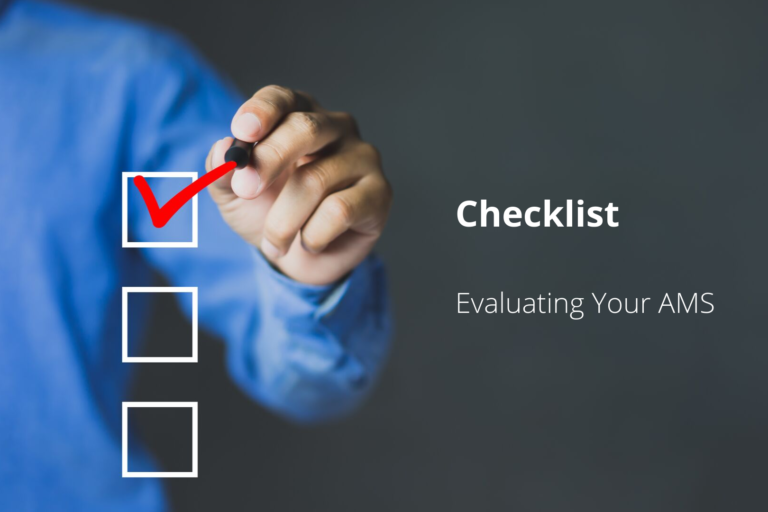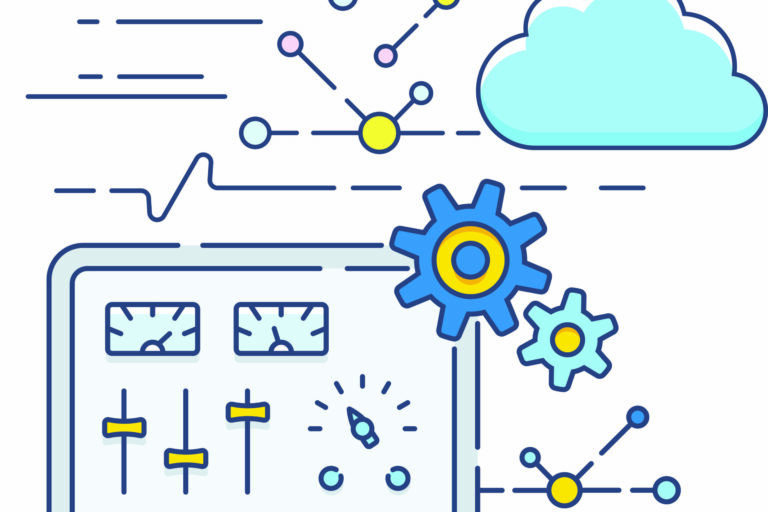We help you support today’s needs, so you can plan better for tomorrow’s. The longer you wait to address your legacy software issues, the more your enterprise will suffer, and the more it will cost to get current. While we thrive with current and emerging technologies, we remember how older systems and languages work. Indeed, for some of our clients, we are upgrading our own legacy code. We understand how you got here and why you need to keep that mission-critical application running. We’ll shore up its weaknesses and link it to your other systems, extending its life and value.
 Like you, we understand the concept of technical debt and its repercussions. We also understand just how entrenched that legacy system is in your daily operations. We bring both our 30+ years of technical experience and our cutting-edge knowledge of today’s latest and greatest options to the table to help you figure out how to balance updating the old with injecting the new.
Like you, we understand the concept of technical debt and its repercussions. We also understand just how entrenched that legacy system is in your daily operations. We bring both our 30+ years of technical experience and our cutting-edge knowledge of today’s latest and greatest options to the table to help you figure out how to balance updating the old with injecting the new.
We know just how much anxiety and frustration an overburdened legacy application can cause. It’s a very common problem; one we see all the time. Mind Over Machines takes a creative, problem-solving approach to every legacy nightmare. We use the tools on-hand to rejuvenate your old workhorse. The technical details of each project differ, but this case study illustrates our objective: transform old, proprietary systems into standards-compliant environments that play nicely with modern cloud-based tools.
While there are always ways to mitigate legacy pain, our consultants will tell you honestly if they think replatforming is your best option. It’s rare, and it’s the biggest tech upheaval a company can weather, so we don’t enter into it lightly. But our change management techniques and adoption coaching have produced amazing results, by which we mean happy, appreciative end users!


 Like you, we understand the concept of technical debt and its repercussions. We also understand just how entrenched that legacy system is in your daily operations. We bring both our 30+ years of technical experience and our cutting-edge knowledge of today’s latest and greatest options to the table to help you figure out how to balance updating the old with injecting the new.
Like you, we understand the concept of technical debt and its repercussions. We also understand just how entrenched that legacy system is in your daily operations. We bring both our 30+ years of technical experience and our cutting-edge knowledge of today’s latest and greatest options to the table to help you figure out how to balance updating the old with injecting the new.









